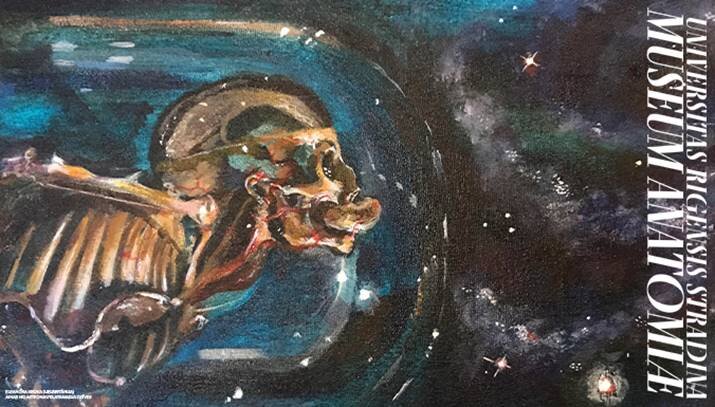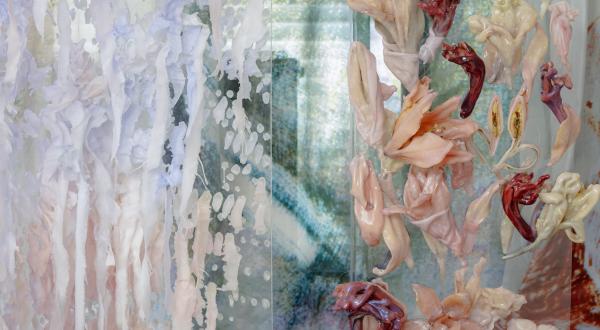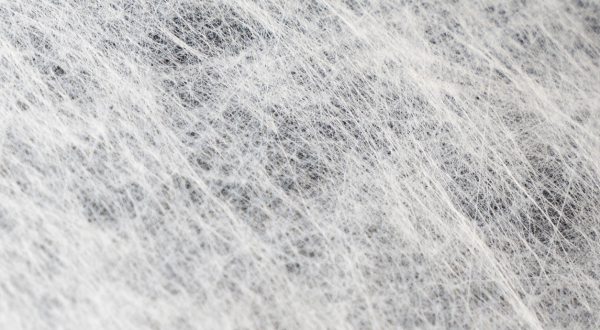
On Thursday, 30 September, at 18:00 the international exhibition Anatomy & Beyond will open at Rīga Stradiņš University (RSU) Anatomy Museum (9 Kronvalda bulvāris). The exhibition will be open until 31 January, and seven of its works of medical art and bioart will be integrated into the museum's permanent exhibition. The new museum opened its doors this summer, offering everyone an opportunity to get to know the diversity of the human body and to see what is usually only anatomists or surgeons see.

Medical artist Pascale Pollier (United Kingdom/Belgium) is the curator of the exhibition that has brought together six international artists who use art to explore science.
‘We have tried to find a balance between science and history, anatomy and art, and beauty and mortality. Integrated into the museum’s permanent exhibition, the artworks will enrich visitors’ experience and hopefully encourage everyone attend the museum,’ says Ieva Lībiete, Head of the RSU Anatomy Museum.
In her video work, artist Nina Sellars (Australia) has revived a model of an anatomised hand from the 19th century that is housed in the collection of the Anatomy Museum of the University of Melbourne, while artists Andrew Carnie and Eleanor Crook (UK) show visitors the impact that space travel has on the human body and spirit, and Bryan W. Green (UK) re-interprets the dual nature of energy. Meanwhile, artist Mara G. Haseltine (US) reflects on the potential of a drug that inhibits Coronavirus replication in her work “SARS Inhibited”, and bioartist Joe Davis (US) gives hope to the world during the pandemic by bringing more than 200 million billion angels to the Anatomy Museum. Based on Islamic traditions and modern DNA propagation methods, Davis encoded the angels into a DNA molecule that covers a 0.75 mm small head of a pin.
The exhibition has been created in collaboration with AEIMS (Association Européenne des Illustrateurs Medicaux et Scientifiques), BIOMAB (Biological and Medical Art in Belgium), ARSIC (Art Researches Science international Collaborations) and MAA (The Medical Artists’ Association of Great Britain). The project is supported by the Embassy of Belgium in Latvia and Sweden, the General Representation of the Government of Flanders in Poland and the Baltic States, the Vesalius Trust and Didzis Gavars, the Honorary Consul of Belgium in Latvia.









